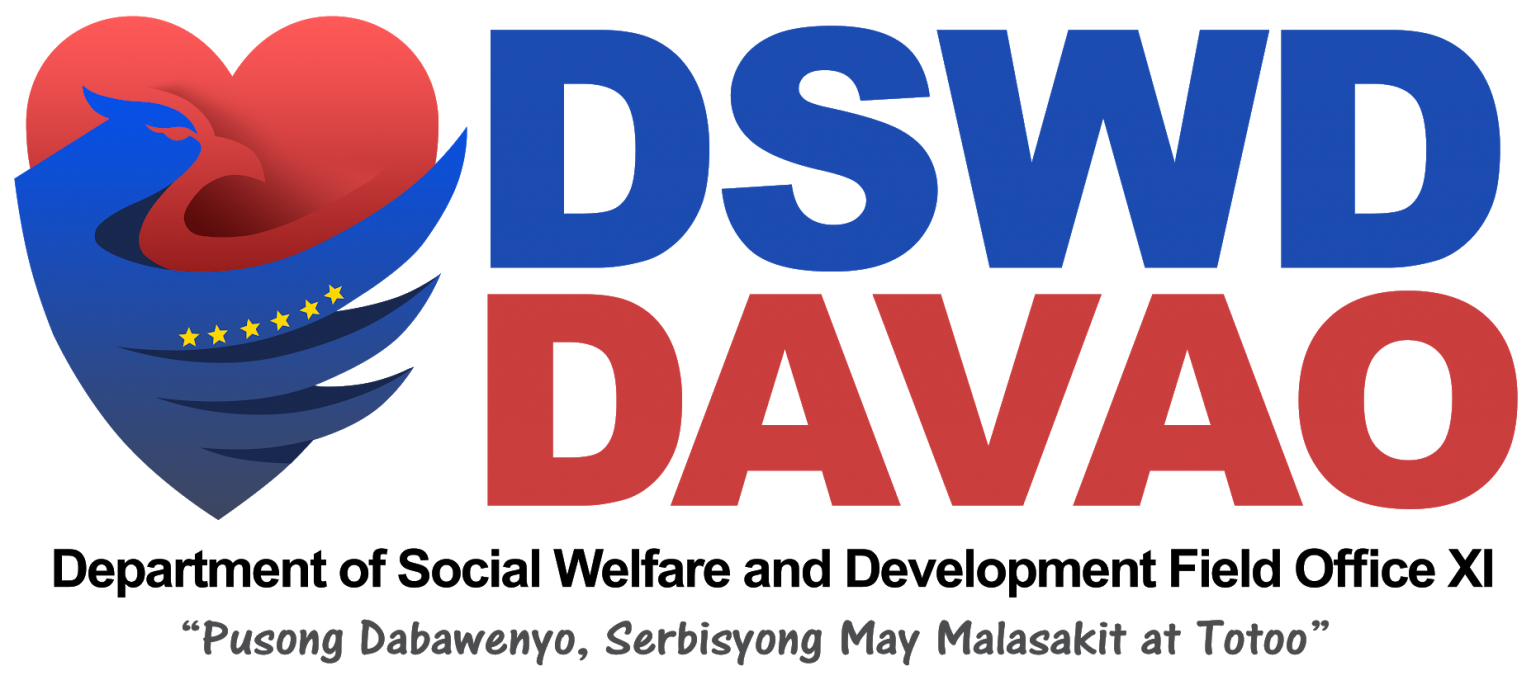Classmates Kimberly Teo Waloc [left] and Jalie Joy Mariano more than happy with their new classrooms.
MALITA, Davao Occidental (DSWD XI) – “When I entered our newly-built classroom, I thought it was too good to be true,” said Kimberly T. Waloc, a Grade 9 student, recalling the day she first stepped into her brand new classroom while gazing at the sparkly ceiling above her.
Made with highly durable concrete materials, the construction of a two-classroom High School building worth P 1,488,158.00 through Kalahi-CIDSS, is a dream-come-true for students living in the outskirts of Barangay Lagumit here.
Kalahi-CIDSS or Kapit-Bisig Laban sa Kahirapan – Comprehensive and Integrated Delivery of Social Services, one of the core programs of the Department of Social Welfare and Development (DSWD), aims to empower communities through enhanced participation in local governance and poverty alleviation projects.
Struggles
For many students who lived in urban areas, going to school is as easy as riding a school bus or other forms of public transportation. However, for Kimberly and some of her classmates, going to school entails crossing a river and a lot of long exhausting hikes.
Their arduous way to education is aggravated when they arrive in the school vicinity where most classes are done under a makeshift classroom made of a large tarpaulin braced with bamboo poles or beneath a mango tree which fortunately, provides reprieve from the sweltering heat.
Despite this crude condition, students remain attentive in class, Kimberly said, adding, ‘soggy and heavy with rainwater, the tarp would fall on the whole class whenever it rains hard.’
“Due to lack of learning facilities and equipment, the students’ performance is suboptimal even if they are eager to learn in school,” admits Dhannery A. Alquizar, one of the school teachers in the school.
Support to young learners
Kalahi-CIDSS was met by several detractors when it came to the community. There were funding doubts, priority issues, and the community took a while to be united. However, all these problems were resolved eventually.
Comprising of 95% B’laan, the community was not keen to engage in Kalahi-CIDSS.
“Tong una nag duha-duha ang mga tao tungod kay nagtuo sila nga lisud ang proseso sa program (People were ambivalent thinking that the process is complicated),” said Leonora T. Arizabal, a Kalahi-CIDSS community volunteer.
Kalahi-CIDSS volunteers, together with school officials, decided how the funds will be spent to improve the school and then helped ensure that funds are properly used.
Expenses were reported regularly and posted for transparency. Also, it opened doors for unity and massive volunteerism in the community. They took turns in contributing manual labor into the project.
“We missed the chance of education ourselves and now our children have this opportunity. We will do our best to help improve the school environment and really make it better,” Arizabal committed.
“Pinaka nagustuhan namo sa Kalahi-CIDSS, gina edukar kami (What we appreciate most of Kalahi-CIDSS is that it opens up our minds),” Arizabal beamed.
To date, Malita, Davao Occidental has received a Kalahi-CIDSS total cash grant allocation of P 60,000,000.00 covering 20 barangays on its first and second cycle of implementation.
Inspired
The completion of the classroom sub-project is bound to increase both the school attendance and educational performance of students.
Kimberly T. Waloc remains to be one of the top performers in her class. She aspires to maintain her good grades especially now with the new classroom sub-project inspiring her. More important still, she and her classmates can now focus more on their studies with the great chance of performing much better.
“My dream is to become a teacher and I hope to educate more children in my tribe. I dream to inspire more students and help them fulfill their dreams too, just like how Kalahi-CIDSS is fulfilling mine with this classroom sub-project here.”
The classroom sub-project of Kalahi-CIDSS is more than the concrete materials it is made of. Infrastructures can help empower poor communities and Kalahi-CIDSS continues to build infrastructures that are truly needed and owned by the people. (DSWD)






